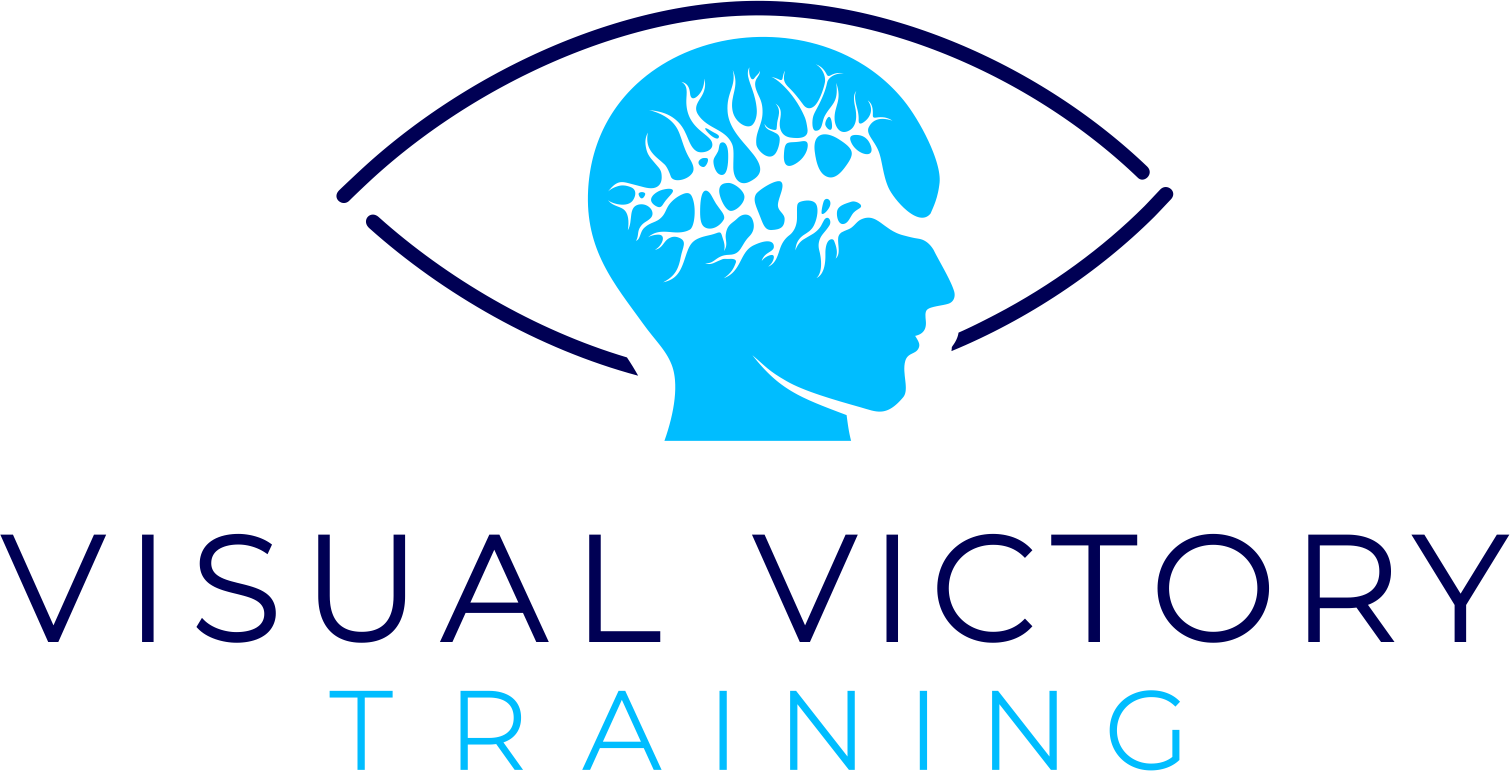Treatment can involve special therapeutic lenses (worn similar to glasses) or may involve a more in-depth program. Neuro-Optometric Rehabilitative Therapy is a non-invasive process for the rehabilitation. Working one-on-one with our vision therapist, you learn how to regain control of your vision.
Optometric Phototherapy is typically very helpful for patients who have had head injuries. It uses different wavelengths of light to treat the nervous system on a cellular level. It is also called Syntonics.
Optometric phototherapy may be today’s most advanced clinical science in light therapy. Since the 1920’s it has been used effectively by Optometrists to treat patients who have a variety of visual disorders that do not respond to glasses or surgery.
In our office we have found “Light Therapy” to be very effective in helping patients who have suffered a head injury. Sometimes you will be given special “goggles” with different color lenses to look through, other times you will be looking at a very specially colored light.
The first step is a Neuro-Optometric Evaluation
A Neuro-Optometric Evaluation involves in-depth testing which evaluates how well your vision functions and to what degree it is interfering with the overall performance of activities of daily living such as reading, balance and movement, tying shoes, pouring liquids, etc.
The Neuro-Optometric Evaluation is unique because, unlike a traditional eye exam, it includes special testing that is designed to determine how vision is interacting with the other senses. In addition, visual information processing skills are evaluated as they relate to the wide variety of activities we need to perform throughout our daily lives.
Often patients are tired after the evaluation, so it is wise to have someone accompany you to your first appointment. We also recommend coming back for a second appointment to discuss the findings of the evaluation. It is often easier to concentrate when we aren’t tired, and our patients find it helpful to bring someone they trust to the appointment with them to hear what the doctor has to share.
